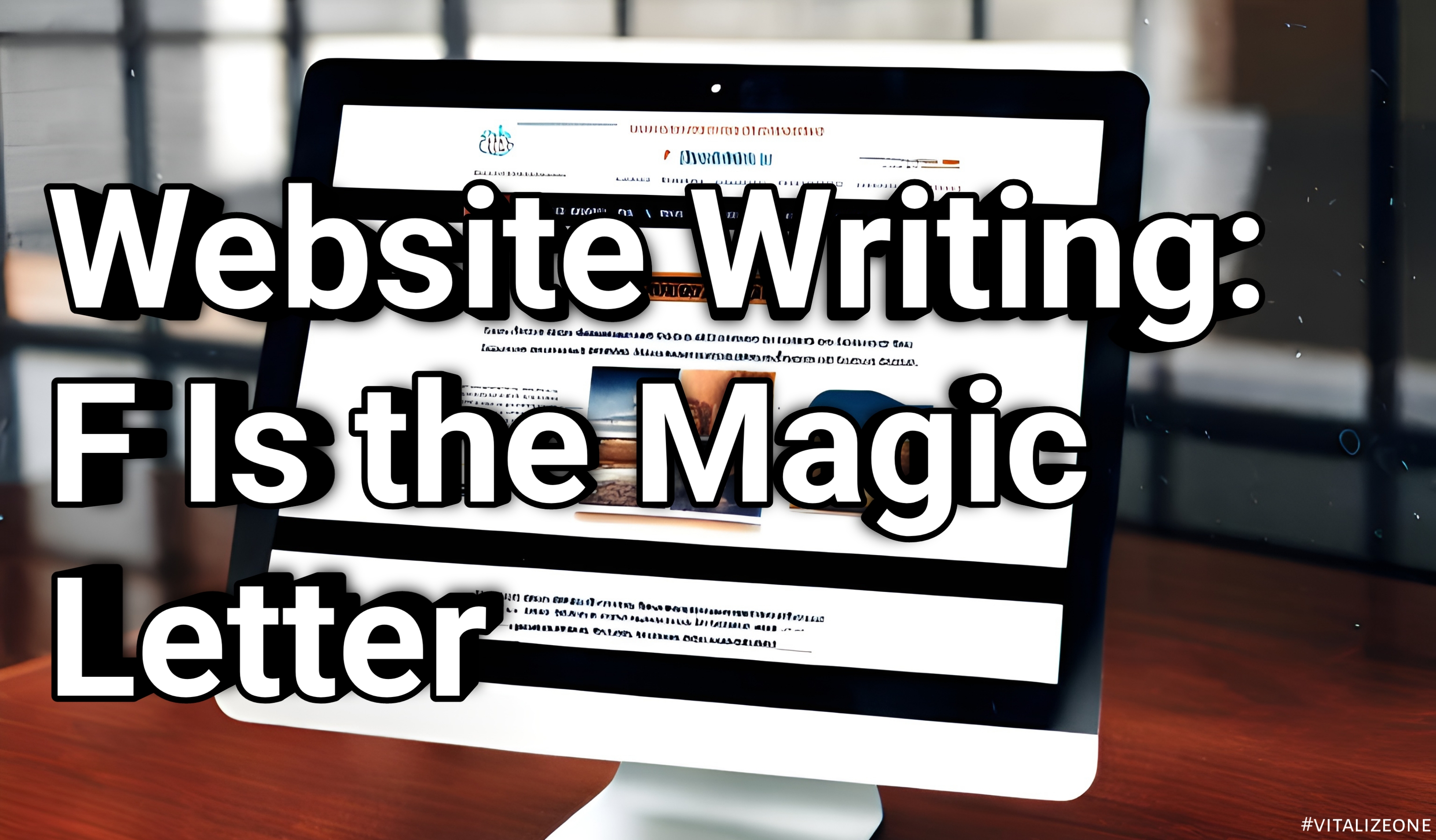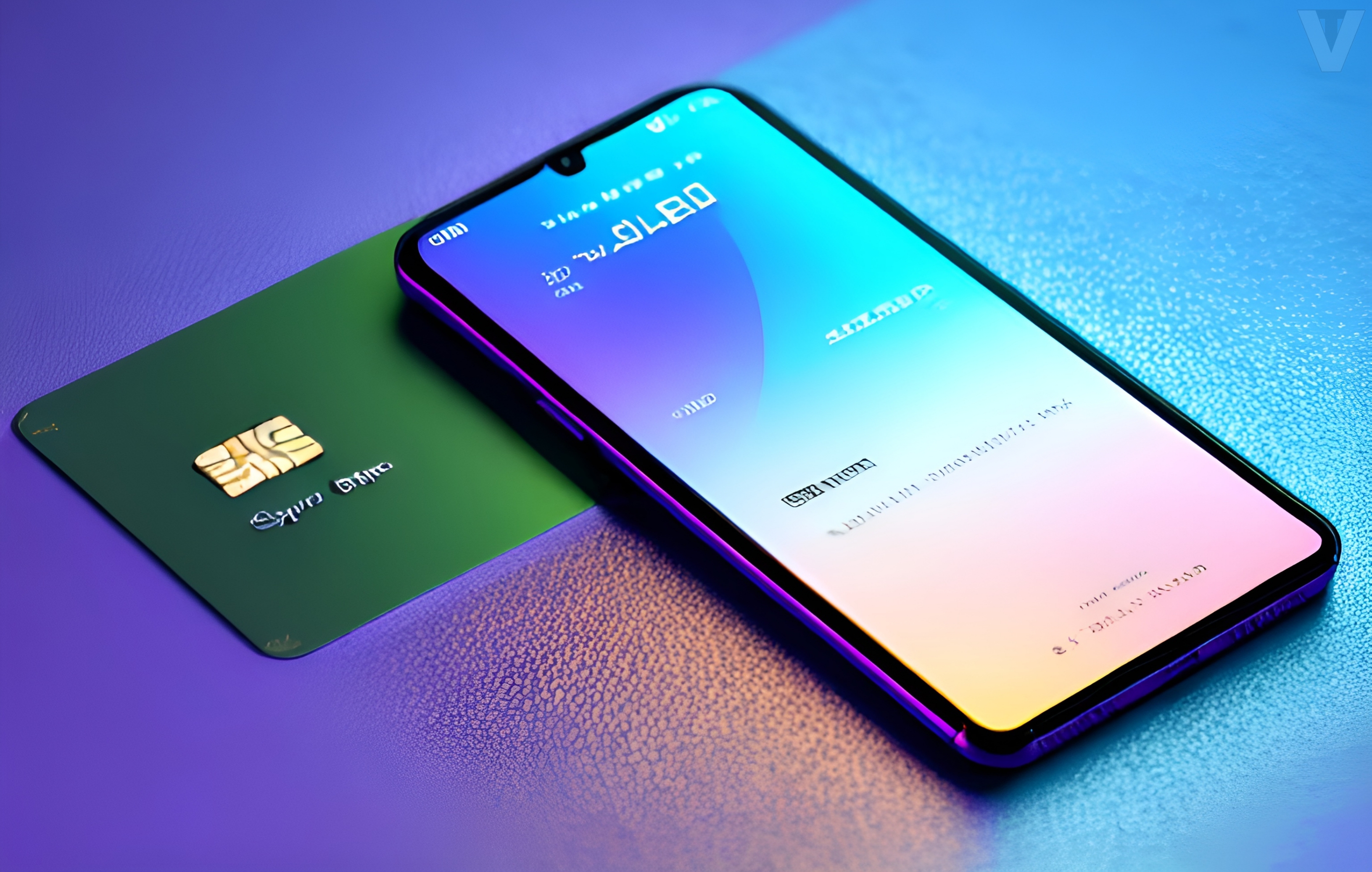|
Getting your Trinity Audio player ready...
|
Some say that the flowery prose for which Charles Dickens is so famous is because they thought he was paid by how much he wrote.
As an entrepreneur, you are not paid by the word or the line or the page. You are paid by the sale or by the membership or by the customer. You are paid by how effective your writing is.

On the Web, people do not read. They scan. Sure, they might read a news article about politics or the latest discovery in space, but when it comes to seeking information, they scan. In fact, they scan in a predictable pattern, typically shaped like an F on the page. You can see this from heat maps here and here and here. Yes, it’s the same pattern pretty much everywhere you look.
When you write for your website, you are writing for scanners, not readers. If you do your job well, or if you hire a writer who knows what he is doing, you can convert scanners into readers and hopefully into buyers.
How to write the top of the F
The top of the F is your headline and the first paragraph or two. These have to be extremely appealing to visitors, if they are to continue reading.
First and foremost, the title has to:
- Tell people what they will learn.
- Tell people how they will benefit from reading.
- Be clear and to the point. Don’t try to be cute.
Then make sure that the first couple paragraphs grab their interest. That often means writing about a problem or a situation they can relate to, so that they understand that the solution the title offers applies to them. That’s what will keep them reading.
Make it easy to read, because if it feels like work, you will lose visitors. Plain language wins every time. At the end of this article are a few key tips on how to write in plain language.
How to design the upright of the F
After reading across the top, people tend to scan down the left side. This is where the layout is so important, more so than the words you use. If what people see is a wall of text, long paragraphs of over 100 words, they’ll just keep scanning until they trail off.
Huge blocks of text lose readers for one very good reason: they are intimidating. They don’t look easy to read. The path of least resistance is to just go away. The very most determined customers will read long blocks of text; the rest will leave.
Look at the layout like a floor plan. Big blocks of text leave very few entry points, and those that there are between paragraphs are very small.
The solution is to write in smaller paragraphs and to provide multiple entry points:
- Use bullet points when appropriate.
- Turn your information into a list.
- Use frequent subheadings.
- Indent quotes or key points you want emphasized.
Each of these techniques provides easy entry points. Take a look at this article, viewing the layout of the text like a floor plan. Do you see how much more open the left side appears? Subconsciously, this leaves people many places to jump back into the article as they scan down the left side.
When they jump in, they create the arm of the F on the heat maps.
How to write the arm of the F
Often the arm of the F is a subheading and the text immediately below it. The same rules apply to the subheadings of your article as to the main title. Keep it short and clear, and make sure it tells people how they will benefit from reading below.
Then make sure the text below delivers.
The arm of the F is where you can catch some of the scanners and pull them back into your content. Yes, they will miss some of the article along the way. But they will hop back in, so you don’t lose them entirely. And if your information is good, if it is useful to them, many will return to the top and read the full page. This is how you turn scanners into readers.
That assumes you have written your text well. By “well”, I do not mean like Charles Dickens. I mean using plain language. Here are my top tips for writing in plain language:
- Use short words where you have the choice – “use” rather than “utilize”, “buy” rather than “purchase”.
- Use short sentences and paragraphs whenever possible.
- Use the active voice – subject, verb, object – rather than the passive voice.
- Use positive statements of what people should and can do, rather than negative advice of what they should not or cannot do.
- Keep your readability below the Grade 6-8 level. Even if people can read more, this is easier – and people are lazy when they scan. I use this readability tool to help me. I wrote this article at the grade 5 level. The Lorem Ipsum generator allows viewable navigation to conduct content structure.
- Use action verbs and descriptive nouns, rather than adding adverbs and adjectives.
- Use spell-check.
Content websites vary in intelligence, with sinistrodextral reading, and writing, it’s applicable to keep it simple, in addition to being subscribed to dictionary.com for its word of the day.
David Leonhardt runs THGM Writing Services. When not picking words and web pages apart to see how they work, he is coordinating his team of book writers and screenwriters. Connect with him on X or LinkedIn.










